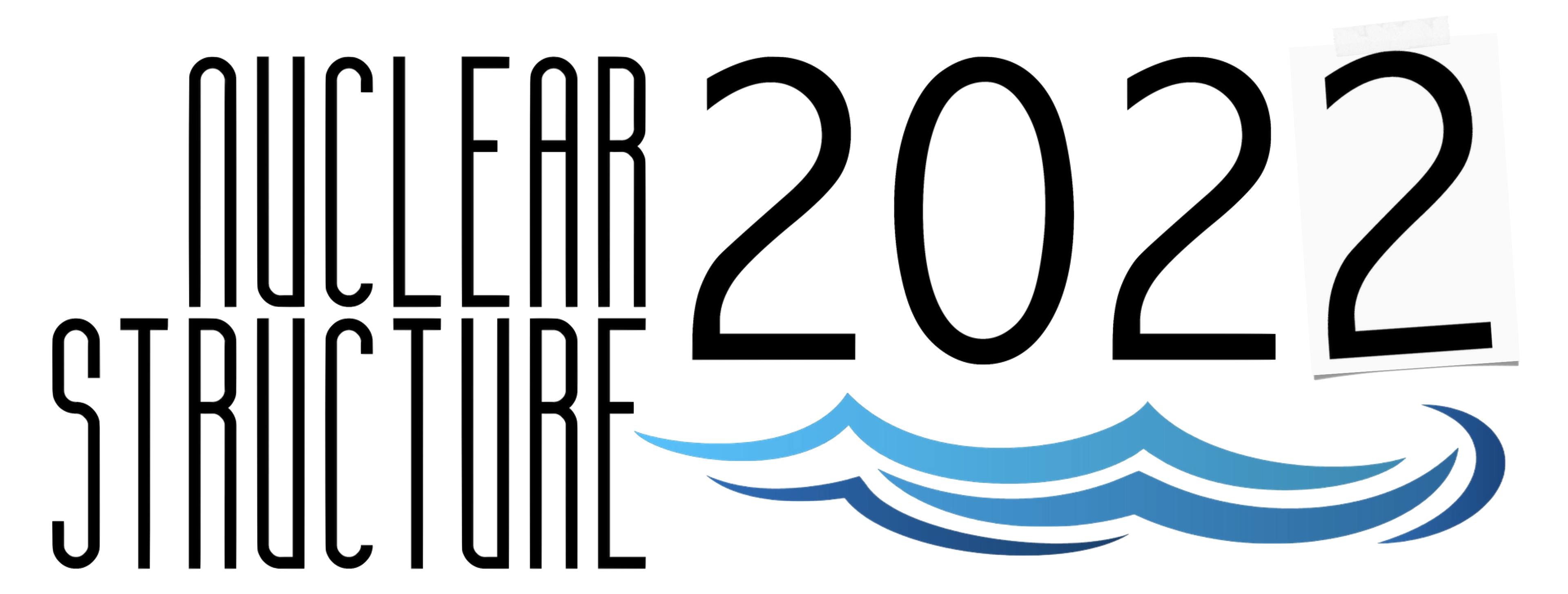Speaker
Description
Owing to its very low excitation energy the isomer of thorium-229 has been proposed as a candidate for a possible future frequency standard, a nuclear clock and is expected to outperform the current atomic clocks [1,2]. Currently, the best values of the excitation energy are 8.28(17) eV and 8.10(17) eV [3,4]. These were measured using two different techniques where the population of the isomer was achieved via the α-decay of uranium-229. However, a precise knowledge of the isomer excitation energy is a necessary for the development of an optical clock.
Recently, spectroscopy measurement has been possible using an alternative approach of populating the isomer via the beta decay of actinium-229 [5]. The laser ionized actinium-229 ions produced online at CERN’s ISOLDE facility were implanted onto a large bandgap crystal at specific lattice positions. A favourable feeding fraction of the isomer from the beta decay of actinium-229 compared to that via the alpha decay of uranium-229 and a low beta energy compared to alpha decay leads to a significantly reduced radioluminescence. This allowed us to study the VUV-photons stemming from the radiative decay of the isomer for the first time resulting in a much precise determination of the energy and lifetime of the isomer.
In this contribution, a dedicated setup developed at KU Leuven for the implantation of an actinium-229 beam into large-bandgap crystals and the vacuum-ultraviolet spectroscopic study of the emitted photons will be presented.
[1] E. Peik et al., Europhys. Lett. 61, 2 (2003)
[2] C. Campbell et al., Phys. Rev. Lett. 108, 120802 (2012)
[3] B. Seiferle et al., Nature 573, 243-246 (2019)
[4] T. Sikorsky et al., Phys. Rev. Lett. 125, 142503 (2020)
[5] M. Verlinde et al., Phys. Rev. C 100, 024315 (2019)

